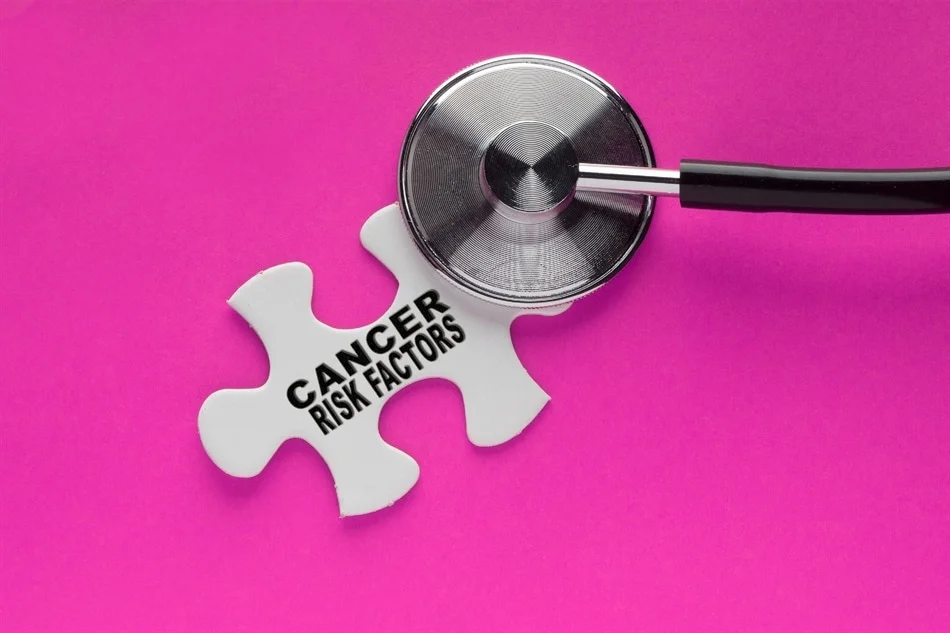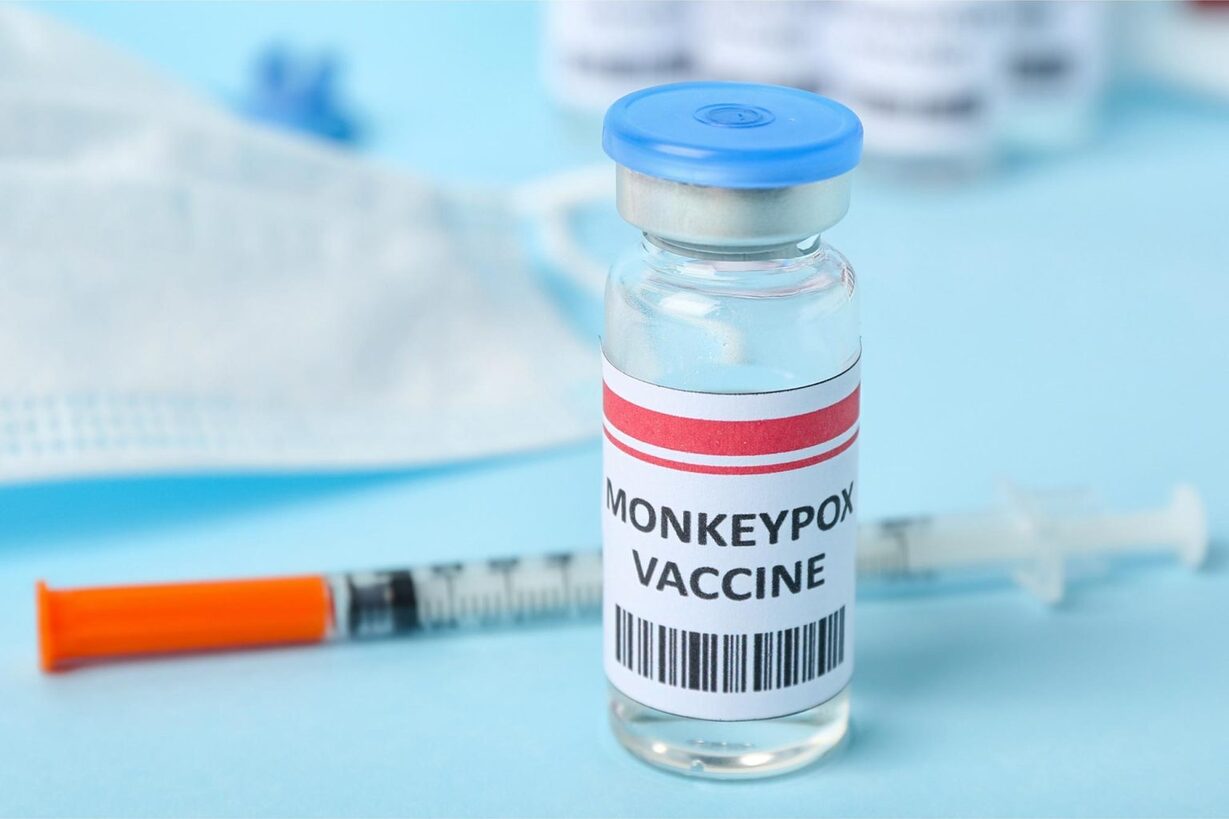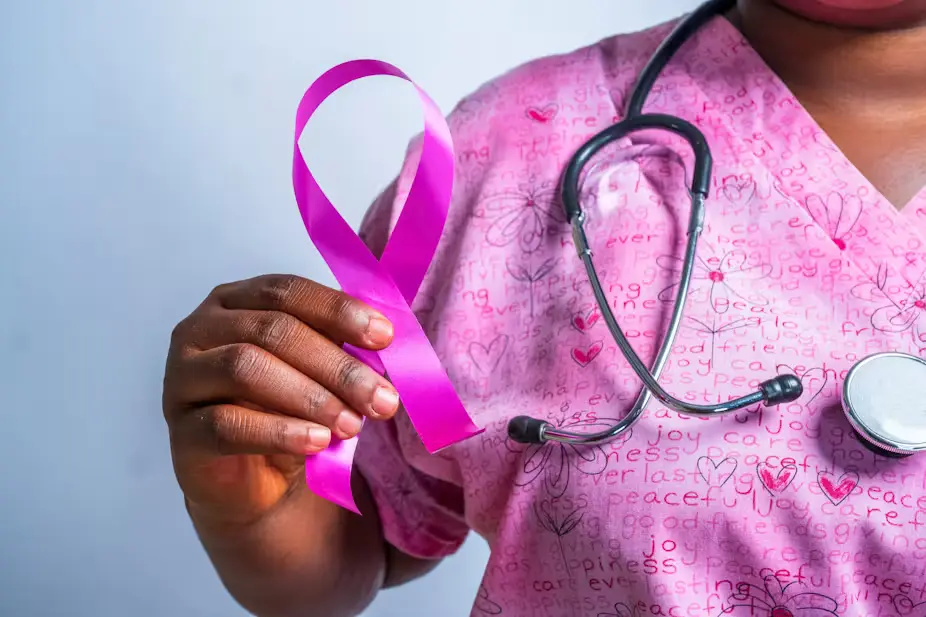According to a new study by the American Cancer Society, two out of every five cancer cases and almost half of all deaths in adults over 30 years old in the United States are linked to controllable risk factors. These controllable, or modifiable, risk factors are ones that people can change by making different choices, such as being more physically active or drinking less alcohol.
The idea that your behaviors can influence whether or not you get cancer can be encouraging and empowering. “An estimated 40 percent of all cancer cases and nearly one half of all cancer deaths in the U.S. are attributable to the evaluated modifiable risk factors. These findings reinforce that cancer and early death from cancer can be substantially reduced through prevention,” says Dr. Farhad Islami, MD, PhD, senior scientific director of cancer disparity research at the American Cancer Society.
Smoking, Overweight, Obesity, and Alcohol: Top Cancer Risk Factors
Researchers have identified the top controllable risk factors for cancer by analyzing 18 different risk factors across 30 cancer types using large-scale pooled data and meta-analyses.
- Smoking: The leading risk factor, accounting for nearly 20% of cancer cases and 30% of cancer deaths.
- Excess Body Weight: Responsible for 7.6% of cancer cases, particularly associated with endometrial, gallbladder, esophagus, liver, and kidney cancers.
- Alcohol Consumption: Linked to 5.4% of cancer cases, most notably female breast cancer and colorectal cancer in both men and women.
- Ultraviolet Radiation: Causes 4.6% of cases, primarily skin melanoma.
- Other Factors: Physical inactivity, poor diet (high red meat intake, low fruit and vegetable intake, and lack of fiber), and infections like HPV also significantly contribute to cancer risk.
Dr. Namrata Vijayvergia, assistant chief of gastrointestinal medical oncology at the Fox Chase Cancer Center in Philadelphia, advises her patients, “Avoid alcohol and smoking, be physically active, and try to maintain a healthy weight. Not exercising is the equivalent of smoking in the current age. Studies like this further substantiate our efforts to make small changes for cancer prevention.”
Preventable Risk Factors Linked to More Than 250,000 U.S. Cancer Deaths
Lifestyle factors were linked to more than 700,000 new cancer cases and over 262,000 deaths. The cancer types with the highest number of cases attributable to potentially modifiable risk factors include:
Cancer Cases Attributable to Modifiable Risk Factors:
| Cancer Type | Women | Men |
|---|---|---|
| Lung | 201,660 | 104,402 |
| Breast | 83,840 | N/A |
| Melanoma | 82,710 | 50,570 |
| Colorectal | 78,440 | 44,310 |
| Endometrial | 35,790 | N/A |
| Bladder | 40,720 | 32,000 |
Cancer Deaths Attributable to Controllable Risk Factors:
- Lung Cancer: 122,740 deaths
- Colorectal Cancer: 25,800 deaths
- Liver Cancer: 14,720 deaths
- Esophageal Cancer: 13,600 deaths
According to Milana Dolezal, MD, oncologist at Stanford Medicine Cancer Center in Emeryville, California, and clinical associate professor at the Stanford School of Medicine, the nationally representative study was well conducted and similar to a study published in 2017 by the authors on controllable risk factors.
That study found that about 42 percent of cancer cases and 45 percent of cancer deaths in the United States were linked to modifiable risk factors.
Healthcare Disparities Contribute to Preventable Cancer Deaths
Beyond controllable factors, several other elements can increase cancer risk, such as age, family history, genetic predisposition, racial and ethnic differences, social determinants of health, access to care, and healthcare disparities, according to Dr. Dolezal.
“These findings underscore the urgent need to enhance equitable access to preventive healthcare and to increase awareness about preventive measures,” stated senior author Ahmedin Jemal, DVM, PhD, senior vice president of surveillance and health equity science at the American Cancer Society, in a press release.
Timely Vaccination Can Help Prevent Certain Cancers
“Effective vaccines are available for the hepatitis B virus, which causes liver cancer, and HPV, which can cause several types of cancer including cervical, other anogenital, and oropharyngeal cancers,” said Dr. Jemal.
Receiving these vaccines at the recommended times can significantly reduce the risk of chronic infections and the subsequent cancers associated with these viruses.
“Get the HPV vaccine if eligible, and encourage vaccination among teens and young adults, as HPV can cause cervical and anal cancer,” advises Dr. Dolezal.
For those of Asian descent, who have a significantly higher rate of hepatitis, or anyone with other risk factors, Dr. Dolezal recommends getting tested for Hepatitis B and C.
Quitting Smoking Can Dramatically Reduce Cancer Risk
Despite significant declines in smoking rates over the past few decades, the number of lung cancer deaths attributable to cigarette smoking in the United States remains alarming, says Dr. Islami.
The percentage of adults who smoke in the United States has decreased, with only 11 percent reporting as current smokers in 2022 compared to 15.6 percent in 2016.
“If you smoke, quit, and seek help through cessation programs,” advises Dr. Dolezal.
“According to the U.S. Preventive Services Task Force, we now use low-density CT scans of the chest for patients with a significant smoking history to detect early-stage lung cancers,” she explains. Former and current smokers are also monitored in “lung nodule clinics,” where nodules detected on CT scans are evaluated. While a nodule doesn’t necessarily indicate cancer, it can be an early sign. Early detection significantly improves the chances of a cure, making these clinics essential for monitoring potential lung cancers.
Screening and surveillance have reduced lung cancer mortality, but smoking cessation still has the greatest impact, emphasizes Dr. Dolezal.
However, not all lung cancers are caused by smoking, and there is a troubling increase in lung cancer rates among women, she adds.
Healthy Lifestyles Can Lower Cancer Risk
Maintaining a healthy body weight and diet can significantly reduce the number of cancer cases and deaths in the country, especially with the rising incidence of cancers associated with excess body weight, particularly among younger people, says Dr. Islami.
For individuals with a higher than average BMI, Dr. Dolezal recommends a heart-healthy diet and regular exercise. This not only lowers cancer risks but also reduces cardiac risks.
Regarding alcohol consumption, Dr. Dolezal advises practicing moderation. “That means no more than one drink at a sitting and no more than three in a week,” she says. However, experts emphasize that no amount of alcohol is completely safe.





I’m so glad I found this post.
And i feel glad that i have got your attention !
Your tips are always on point.